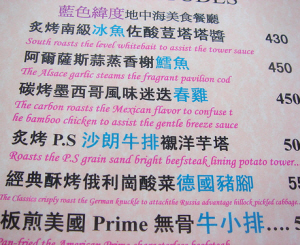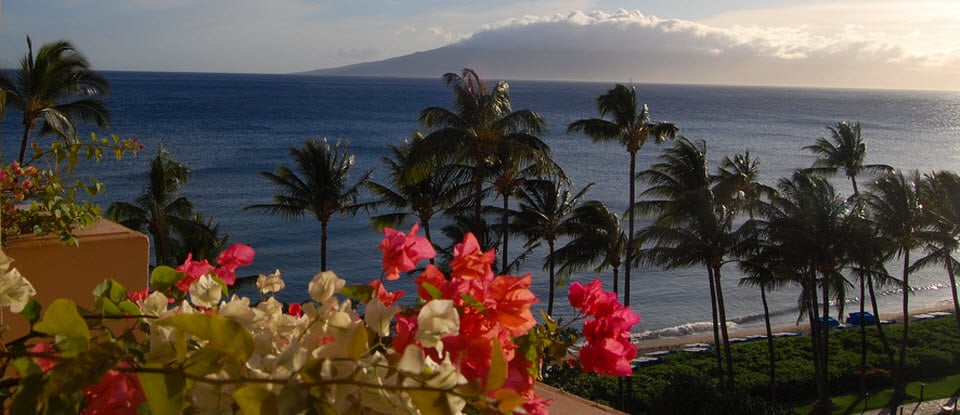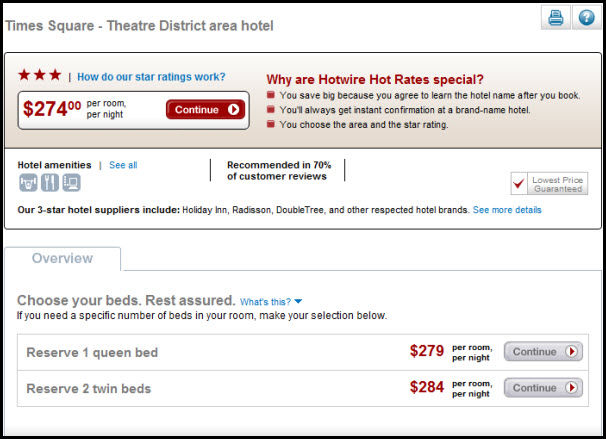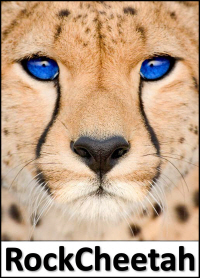Searching for a New York City hotel, I discovered Hotwire testing a new feature: Bed Choice. Sensing it might be a bucket test, I grabbed a couple screenshots.

The expanding menu of options provided by Hotwire is revealing more details about the hotel to travelers. Will hotels be able to translate this into larger and more nourishing meals?
This is a brilliant move by Hotwire, as it should simultaneously attract new prospects, improve conversion, and further increase its differentiation from Priceline.
By introducing Bed Choice, Hotwire not only expands its appeal to attract new customers that might still have concerns regarding opaque product purchases, but also improves the conversion potential of current Hotwire users when confirming the bed type is important.
Most importantly, it also provides a critically important new capability for hotels – the ability to upsell.
Screenshots
Hotwire’s new Bed Choice feature appears in the search results page, with an icon prominently displayed next to the hotel feature icons. The icon functions similarly to the other feature options. Hovering over the icon provides a description of the Bed Choice feature, but does not present the options or pricing.
The Hotwire results page now includes tiles highlighting hotels that offer a choice of bedding:
After the traveler selects the Continue button, the hotel details are presented. No changes have been made to Hotwire’s site navigation.
A traveler is presented with multiple bedding options:
A Dilemma for Priceline?
Since its inception, Priceline’s Name Your Own Price product has required a traveler to enter a bid for the maximum nightly rate they were willing to pay for a hotel generically listed under a star quality classification and located within a specific neighborhood.
When Hotwire arrived on the scene several years later, founded by a majority of the air carriers that previously founded Orbitz, the price was prominently displayed. Additionally, features of the hotels were also included. Following its acquisition by Expedia, Hotwire added sister company TripAdvisor’s Customer Ratings to the hotel details, providing even greater confirmation of the selection being made. Travelocity recently introduced its own opaque product, named “Top Secret Hotels.”
A last critical point of differentiation is also that Priceline does not enable the traveler to enter the party size. As a result, there is a maximum 2 guest per room limitation that precludes many parties of three or more from using the service.
It is unclear why Priceline never supported more than double occupancy. Defining the number of guests addresses a fundamental consumer need and does not require a significant change in the messaging or platform to secure hotel inventory or pricing. Higher room occupancies also hypothetically drive higher rates, which should be good for both the hotels and Priceline.
To my knowledge, an empirical comparison of Hotwire pricing with Priceline has never been conducted. The opaque nature of the product would not only require multiple purchase comparisons to select identical properties over the same date range, but also an expert degree of dexterity in bidding the lowest possible rate through Priceline.
My guess is that slightly lower rates may be available through Priceline, but capturing that lower rate requires greater consumer expertise and increased risk compared with Hotwire where more information is made available.
In my assessment, Hotwire has just added an additional feature that improves the consumer equation and by incorporating that additional value, provides the ability for Hotwire to charge more for its service relative to Priceline. This is important as many hotels provide both the same net rate.
As Hotwire adds more value, the burning questions are: is Priceline is seeing its Name Your Own Price product lose share to Hotwire, and what exactly can it do to counteract that potential impact?
Perhaps that is a moot point if the total volume of the opaque travel product is growing and its share is increasing relative to traditional transparent travel product. However, when new markets are fully penetrated and consumer online travel buying patterns stabilize, this could create a significant strategic issue for Priceline as “Name Your Own Price” is the primary point of brand differentiation relative to the other Online Travel Companies.
Additionally, if opaque sites are increasing their share of the online travel pie, that is bad news for hotels that are fighting to avoid commoditization.
Conflicted Hotels?
If relationships between some hotel brands and the Online Travel Agencies were not confusing and/or strained enough, hotels have traditionally shared a particularly interesting love-hate relationship with the opaque product sites.
Foremost, hotels bemoan the fact that OTA’s frequently commoditize their product by failing to effectively merchandise key points of differentiation. Well, the opaque sites never pretended to aspire to such lofty goals – their business was generating volume from brand agnostic consumers. The formula was simple – price bought market share for a commodity purchase.
For hotels, the challenge was not so much the fundamental opaque business model, which created structural fences that protected retail pricing structures, but more the actions of their competitors to an opportunity to shift share.
As the opaque travel sites only select a single property in each neighborhood/quality tier to sell, there is a strong incentive for hotels to respond to competitive price cuts by undercutting the that price even further. As one cynical hotelier told me “whoever can tolerate the most pain, wins.”
Techniques exist to either pierce the veil of product opacity or game the system to get the lowest possible price on sites like Hotwire and Priceline respectively. I (somewhat shamefully, but not too remorsefully) have to admit that I use the techniques frequently, with 90+% success in recent years. This is not good for a hotel industry that is finally seeing some demand increases, but continued downward pressure on pricing.
Perhaps even more frightening was a recent conversation I had with an individual at a 2,000 employee company whose corporate travel planner had incorporated Hotwire into their corporate rate program. I have heard second hand that two other similarly sized organizations have adopted the same strategy.
Hotels were not seeking corporate market dilution when they signed up looking for access to incremental leisure demand. If this philosophy spreads, the critical corporate pricing constructs that drive hotel industry profitability may be weakened considerably. I sincerely hope that is not the case.
Bottom line? This is a great feature for consumers, so as a traveler and frequent Hotwire user, I like it. As it enables the hotels to upsell, I think a lot of hoteliers will like it too. I don’t think Priceline will share that sentiment.
I have no idea how extensive the testing may be or where this feature resides on the Hotwire product plan, but I will bet you with complete certainty (and absolutely no input from my friends at Expedia on the subject) that this is a feature that will be incorporated into Hotwire and eagerly adopted by the hotels.
However, this also creates more complexity in the hotel distribution landscape as opaque travel sites, Hotwire in particular, and perhaps getaroom that uses the telephone as a price opacity fence, continue to edge closer to providing enough necessary information to convert sales at discounted rates that undercut the best available rate parity enforced by hotels across their web sites and the OTA’s selling standalone travel components.
What is good for consumers and increases market share for an intermediary channel does not always provide the best long-term outcome for the travel supplier. At least hotels will be able to upsell in the interim period while they try to formulate their long term strategies – and anticipate the actions of competitors posessing a higher pain threshold.






